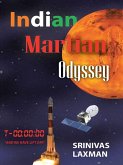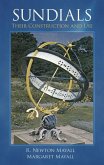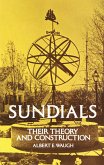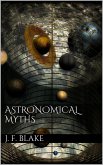The large masonry instruments designed by Sawai Jai Singh and erected in his five observatories in the early eighteenth century mark the culmination of a long process of development in astronomical instrumentation. But what kind of astronomical instruments were used in India before Jai Singh's time? Sanskrit texts on astronomy describe the construction and use of several types of instruments. Are any of these extant in museums? Such questions led me to an exploration of nearly a hundred museums and private collections in India, Europe and USA for about a quarter century. The present catalogue is the outcome of this exploration. This catalogue describes each instrument in the context of the related extant specimens, while laying special emphasis on the interplay between Sanskrit and Islamic traditions of instrumentation. Therefore, each instrument type is organized in a separate section identified by the letters of the alphabet. These sections begin with introductory essays on the history of the instrument type and its varieties, followed by a full technical description of every specimen, with art historical notes. Moreover, all engraved data are reproduced and interpreted as far as possible. In some 4300 pages, it contains 600 entries, with introductory essays and long extracts from two important Sanskrit texts, namely Mahendra Suri's Yantraraja and Padmanabha's Dhruvabhramadhikara, along with English translations. Following a suggestion that a shorter version of the Catalogue, consisting of all the introductory essays and appendices, but excluding the catalogue proper, would be easier for the general reader to handle, this Abridged Version has been prepared. The pagination here remains the same as in the Catalogue. Those who wish to read about individual instruments can always consult the Catalogue.
Dieser Download kann aus rechtlichen Gründen nur mit Rechnungsadresse in A, B, BG, CY, CZ, D, DK, EW, E, FIN, F, GR, H, IRL, I, LT, L, LR, M, NL, PL, P, R, S, SLO, SK ausgeliefert werden.









